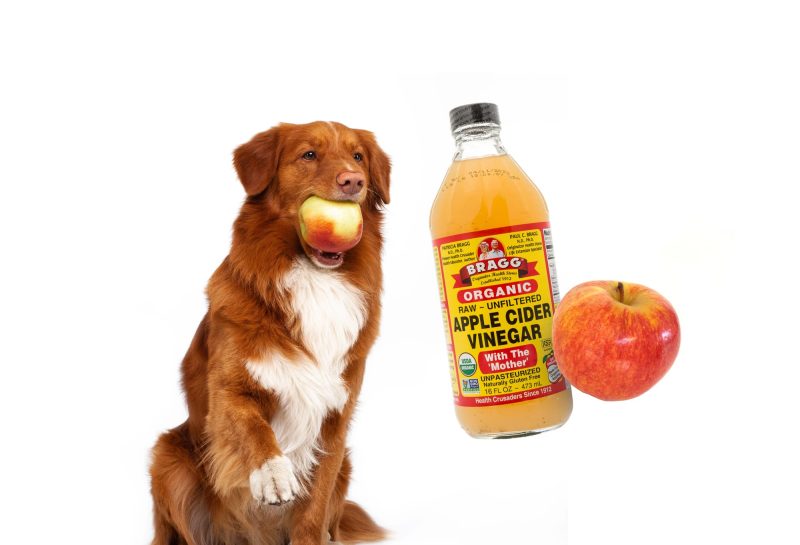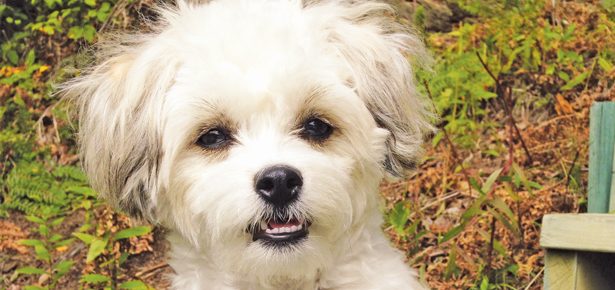

5 Easy Steps To Help Your Dog Drop The Extra Weight
Here are five steps to help your dog drop the weight!
Ask an Expert: Jennifer Adolphe, a PhD in companion animal nutrition, registered dietician, and senior nutritionist at Petcurean, tells us how to accurately assess a dog’s weight and offers 5 tips to help your pup drop the extra pounds!
We all want our dogs to be healthy, and managing weight is an important part of that. If dogs become overweight, it puts them at greater risk of osteoarthritis, respiratory problems, and pancreatitis.
Keeping an eye on your dog’s weight is important all year, but particularly during the holidays when there’s a tendency to over-indulge. While shortbread, stuffing, and buttered mashed potatoes are appropriate for humans (in moderation), it’s best to keep them away from your dog. Studies show that just a slight increase in weight can shave years off your dog’s lifespan.
How can you tell if your dog is packing on the pounds?
Look for a proportioned, slightly hourglass body shape when viewed from above. You should see a slight tummy tuck and a thin covering of body fat over the ribs and spine. When running your hands along your dog’s body, you should be able to feel the ribs and hips without pressing hard. If you’re not sure, you can use a body condition score chart. Find one here: moderndogmagazine.com/bodycondition.
If your dog needs to lose a few pounds, start with a vet visit. Your vet can weigh your dog, make sure there are no underlying health problems, and advise the exact amount of weight your dog should lose.
1. Ditch unhealthy dog treats
Dog treats are a major culprit for excess calories. Some treats are high in fat and contain additives and unhealthy ingredients your dog doesn’t need. Replace them with healthy fresh veggie treats, like carrots or green beans.
2. Find more time to play and exercise
Add an extra block to your regular walking route and a few more minutes of fetch. Make sure to increase the amount of activity slowly to avoid strain.
3. Start weighing your dog’s food
Weighing is more accurate and will help you avoid over-feeding. The feeding guidelines on the package are a good starting point to determine the right amount for your dog, but may need to be adjusted to ensure your dog maintains an optimal body weight. Even dogs with the same body weight can vary greatly in their daily energy requirements.
4. Conduct weekly weigh-ins
Using your bathroom scale, weigh yourself, then pick up your dog and weigh again. Subtract the difference. A one to two percent loss per week is ideal; a more rapid decline can be harmful.
5. Monitor progress and stay on track
Adjust the amount of food until a slow and steady weight loss is achieved. Continue adjusting food intake and assessing body condition weekly until your dog reaches an ideal body weight.
Once you’ve reached the optimal weight, make sure to maintain the diet and exercise levels your dog needs to stay healthy. Don’t let old bad habits return. By working together with your dog to help manage his weight, you can ensure warmth and companionship for years to come!
Join the newsletter and never miss out on dog content again!
"*" indicates required fields
By clicking the arrow, you agree to our web Terms of Use and Privacy & Cookie Policy. Easy unsubscribe links are provided in every email.





